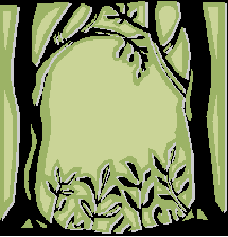




1. |
Litterfall is the plant matter that falls to the forest floor. It is laden with nutrients which the plants reabsorb through their roots. A sharp decrease in the amount of litterfall is indicative of deforestation. Any major changes in the nutrient richness of the litterfall may be a sign that the area is in trouble. |
|
Home
|
Index
|
Preservation
|
|
Goals
|
Characterization |
Time plan |
|
FAQ's |
Monitoring |
Members |
|
Presentation |
Minutes |
Introduction
|